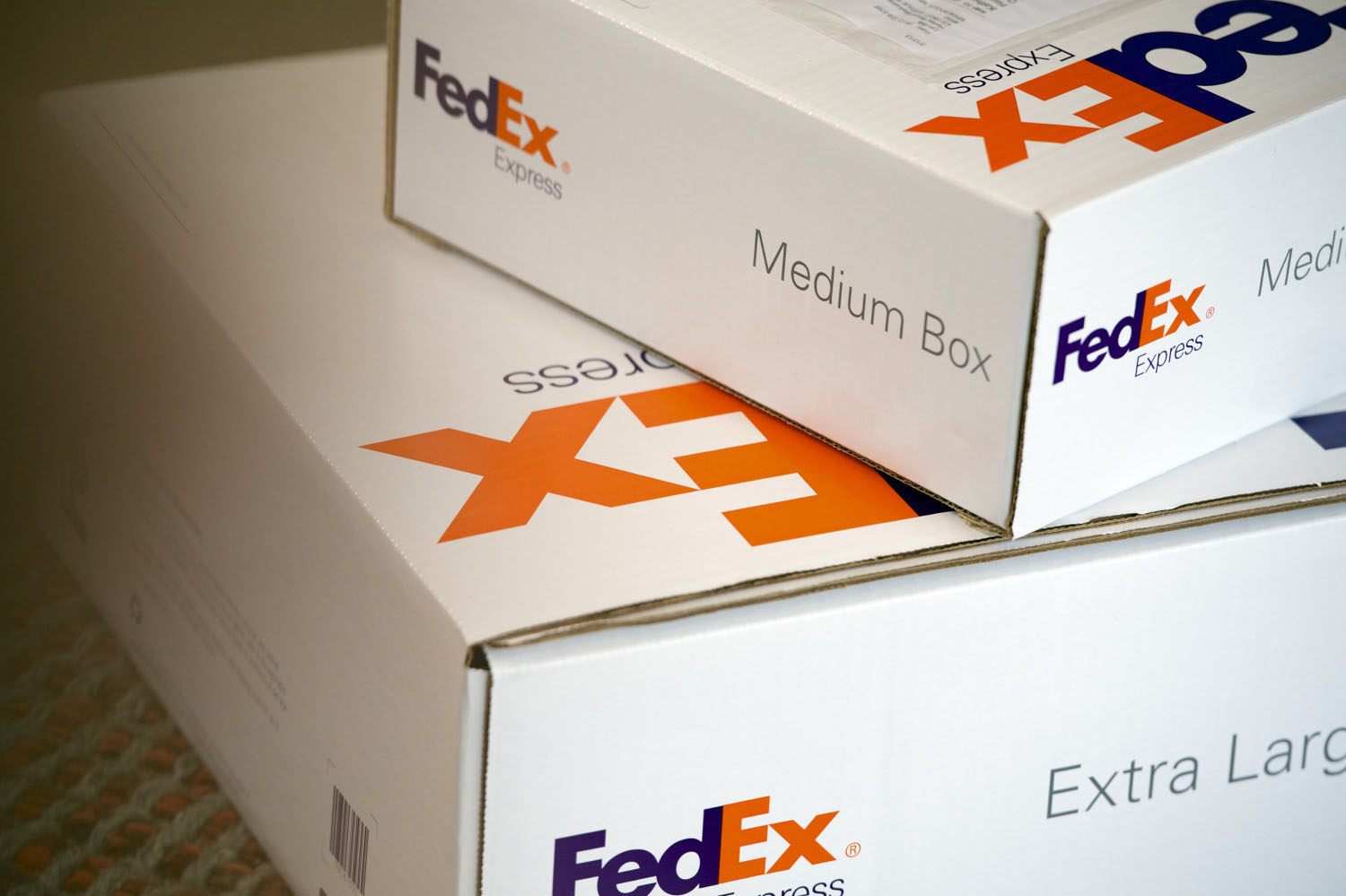FedEx rolls out holiday season surcharge plans
Like its biggest competitor, UPS, did in June, FedEx yesterday rolled out a peak, or holiday season, surcharge. FedEx said that it will not apply residential Holiday Season surcharges, save for packages that need additional handling, are oversized, or unauthorized.

Like its biggest competitor, UPS, did in June, FedEx yesterday rolled out a peak, or holiday season, surcharge.
FedEx said that it will not apply residential Holiday Season surcharges, save for packages that need additional handling, are oversized, or unauthorized. And, not surprisingly, the amount of Holiday season packages moving through the FedEx network continues to head up, rising roughly 240% over the last decade and accounting for around 10% of the total volume handled by FedEx Ground.
What’s more, FedEx noted it has engineered its networks to add sortation and delivery capabilities in order to accommodate the increase in demand for larger and heavier packages that includes entire facilities that are temporarily dedicated to oversized packages.
FedEx said that Holiday season surcharge will be in effect from November 20-December 24, with the surcharge for FedEx Express and FedEx Ground in the United States and Canada to increase by $3 per package during this period for additional handling, and by $25 per package for oversized goods and by $300 per package for oversized goods.
Given that UPS announced its Peak Season surcharges in June, it was widely expected that FedEx would, in turn, do the same at some point.
On the FedEx fiscal year 2017 and fourth quarter earnings call, Raj Subramaniam, Executive Vice President, Global Strategy, Marketing and Communications, said that the company’s expectation is for another record peak season with multiple days that'll set records for package pickup and delivery.
“We continue to work directly with relatively small number of large customers that drive the majority of the surge and demand to ensure that we have appropriate pricing related to volume expectations and capacity needs,” he said.
When UPS announced its holiday surcharges in June, it said they will be geared towards U.S. residential, large packages along with packages over maximum limits, with the company explaining it will allow it to continue to focus on its best-in-class customer value as well as offset some additional expenses that are incurred during periods of heavy volumes.
And UPS added that during the holiday peak it needs to temporarily acquire additional air and truck cargo capacity, temporary facilities, and additional sorting and delivery personnel at short-term premium rates, adding that large and heavy shipments, as well as those with unconventional shapes or size often pose operational challenges during peak periods.
For ground residential rates, UPS’s per-piece peak charge, for the 48 contiguous states and intrastate Alaska and Hawaii, will be $0.27 for the weeks of November 19-25, November 26-Decemnber 2, and December 17-23. There will be an $0.81 charge for UPS Next Day Air Delivery from December 17-23, a $0.97 charge for UPS 2nd Day Air Residential from December 17-23, a $0.97 charge for 3 Day Select Residential from December 17-23, and a $0.27 charge for Ground Residential for the same week.
Putting these changes into perspective, UPS said that a five-pound UPS Next Day Air package shipped from Atlanta, GA to a residential address in Philadelphia, PA will increase about one percent, compared to non-peak shipping times. And it added that a similar package shipped to a commercial address would experience no additional costs.
Shippers may want to think twice about larger packages during the holiday season, too, with UPS saying that from November 19-December 23, it will apply peak surcharges to large packages and also packages that exceed maximum size limits, with these charges in addition to normal surcharges applicable to such packages.
During the 2016 holiday season, the company’s average daily volume exceeded 30 million packages on more than half of the available shipping compared to an average non-peak day, when it ships more than 19 million packages.
In a recent interview, Jerry Hempstead, president of parcel consultancy Hempstead Consulting, said that from a seasonal, or peak, pricing perspective UPS and FedEx are addressing the additional costs in different ways.
The FedEx approach is more “surgical” and aimed at the few shippers that present the greatest challenge to serve, he said, while UPS has decided to just impose pain based on service selected, date shipped and the residential attribute.
“The UPS approach has the potential of harming non-seasonal residential shippers like Express Scripts and CVS and other prescription benefit management firms, as well as firms like Dell that ship laptops year round to residences. Like everything in the world of parcel, accessorial prices and rates are negotiable. Not everyone is going to be paying rack rates this Holiday.”

Article Topics
3PL News & Resources
LM Podcast Series: Assessing the freight transportation and logistics markets with Tom Nightingale, AFS Logistics Investor expectations continue to influence supply chain decision-making XPO opens up three new services acquired through auction of Yellow’s properties and assets FTR’s Trucking Conditions Index weakens, due to fuel price gains LM Podcast Series: Examining the freight railroad and intermodal markets with Tony Hatch Supply Chain Stability Index sees ‘Tremendous Improvement’ in 2023 TD Cowen/AFS Freight presents mixed readings for parcel, LTL, and truckload revenues and rates More 3PLLatest in Logistics
LM Podcast Series: Assessing the freight transportation and logistics markets with Tom Nightingale, AFS Logistics Investor expectations continue to influence supply chain decision-making The Next Big Steps in Supply Chain Digitalization Warehouse/DC Automation & Technology: Time to gain a competitive advantage The Ultimate WMS Checklist: Find the Perfect Fit Under-21 driver pilot program a bust with fleets as FMCSA seeks changes Diesel back over $4 a gallon; Mideast tensions, other worries cited More LogisticsAbout the Author
Subscribe to Logistics Management Magazine

Find out what the world's most innovative companies are doing to improve productivity in their plants and distribution centers.
Start your FREE subscription today.
April 2023 Logistics Management

Latest Resources














